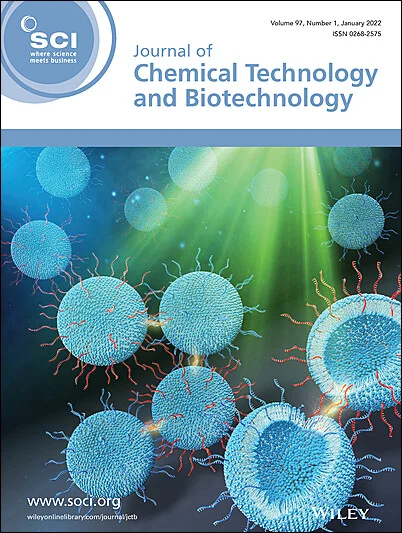Efficiency of adsorption of PSNPs using spontaneous magnetic biochar prepared from pyrolysis of municipal sludge and industrial red mud solid waste
Abstract
BACKGROUND
The environmental problems caused by microplastics are becoming increasingly serious with the widespread use of plastic products. This study utilized lignin-modified preparation of spontaneous magnetic sludge-based biochar (LC@SRBC) to remove Polystyrene nanoplastics (PSNPs).
RESULT
The quasi-second-order adsorption kinetics model, and the SIPs adsorption isothermal model exhibited excellent agreement with the experimental data, the Theoretical saturation adsorption capacity of 406.68 mg/g was found at the 500 °C-pyrolyzed LC@SRBC. The effects of different factors on the efficiency of PSNPs removal by adsorbents were analyzed in detail, and the final PSNPs removal rate reached 97.87% in 30 min. We believe that the electrostatic effect is the main factors affecting the removal effect of PSNPs. With the increase of pH value, the potential difference between PSNPs and the surface of adsorbent increases, and the electrostatic repulsion is strengthened, which leads to a significant decrease in the adsorption capacity. Furthermore, the presence of metal nanoparticles on the LC@SRBC surface promoted the formation of metal-O-PSNPs and oxygen-containing functional groups, which enhanced its adsorption capacity for PSNPs. Meanwhile, the spontaneous magnetism of the adsorbent is utilized for solid–liquid separation, avoiding the influence of filtration on the experimental effect.
CONCLUSION
In summary, the present study found that the preparation of adsorbent materials from the resource utilization of red mud solid wastes is effective for the removal of polystyrene from water. © 2025 Society of Chemical Industry (SCI).

 求助内容:
求助内容: 应助结果提醒方式:
应助结果提醒方式:


